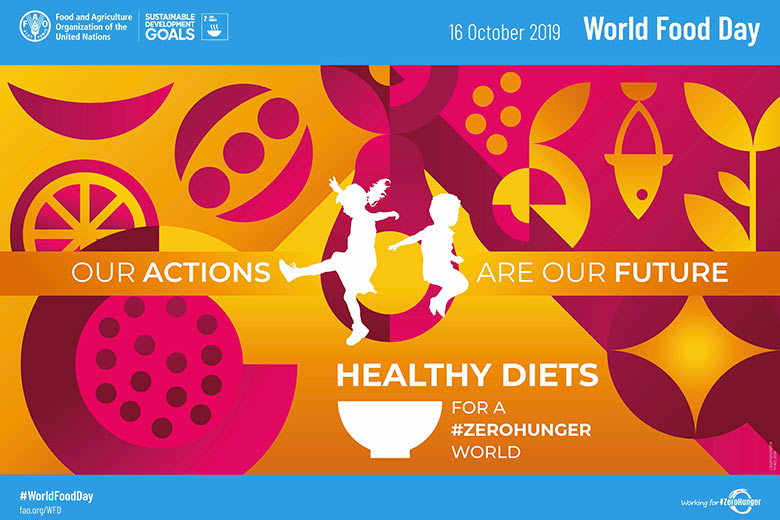October 16 is World Food Day – a day to raise awareness about food insecurity and poverty. With 1 in 6 Northern BC households struggling to put food on the table, the issues of poverty and food insecurity run deep in our region, but progress is being made. This year, BC came out with its first ever Poverty Reduction Strategy, which lays out a plan to reduce poverty and improve health in BC communities.
What is household food insecurity?
Household food insecurity is the inability to afford food due to a lack of income. The root cause of household food insecurity is not the price of food – it’s poverty. People are food insecure because they can’t afford to eat.
Faced with challenges like the high cost of rent and child care, individuals and families earning low wages struggle to buy healthy food after meeting other basic needs. The fact is, healthy eating is unaffordable for families on a fixed income, who often have to spend half of their total income on food. With high housing prices and other bills, families are forced to choose between keeping a roof over their heads and buying food. However, food insecurity is not just an issue for those on a fixed income: 65% of people who are food insecure are in the workforce, making low wages that simply aren’t enough.
How does household food insecurity impact our communities?
Household food insecurity deeply impacts health. Adults who are food insecure have higher rates of chronic health issues such as heart disease and diabetes, and are more likely to experience depression, distress, and social isolation. Children who live in households that struggle to buy food have poorer general health, academic outcomes, and social skills than their peers. These health impacts can cause a circular pattern; poorer health can make it harder to afford the basic needs that support health in the first place. To improve the health of our communities, we need to take action.
So, what can be done?
Access to food is a complex issue. As Nick Saul writes, the solution to hunger is not just food:
“How we frame a problem always determines the kind of solution we get. If we say hunger is due to a lack of food, the obvious answer is: Get those people something to eat…but if we ask what’s really at the root of hunger, we discover the answer is more complex. That’s because the root of hunger is poverty… we’re not going to solve such persistent problems [as hunger] with donations of canned peas and corn – no matter how well-meaning. The solution lies elsewhere” – Nick Saul, Community Food Centres Canada
Food charity (such as food banks and food hampers), and community gardens have become the default solutions to household food insecurity. While these initiatives aim to achieve very important goals, like emergency food relief, improved food skills, a more sustainable food system, and social connection, these programs do not reduce household food insecurity because they can’t deal with the root cause of the issue, which is poverty. In order to address household food insecurity, policies to increase income are needed (e.g., affordable childcare, higher minimum wages, higher income-assistance rates, and affordable, safe housing). With its goal of reducing overall poverty in BC by 25% by 2020, BC’s Poverty Reduction Strategy is an important first step.
No one should have to choose between buying food and paying the bills. Municipal, provincial, and federal governments, businesses, and communities all play a role.
What are small steps that you can take to support poverty reduction in your community?
- Vote in the federal election! Read the party platforms, get to know your local candidates, and learn what they have to say about food insecurity and poverty reduction.
- Speak to your local government representatives about income security.
- Get involved in your community – attend or host a World Food Day event!
- Read about, and become involved in, BC Poverty Reduction Coalition’s #rethinkgiving campaign
For more information on household food insecurity, check out this blog series:
- Food Security:
- Part 1: What is household food insecurity?
- Part 2: Food Costing in BC
- Part 3: A call to action














Comments